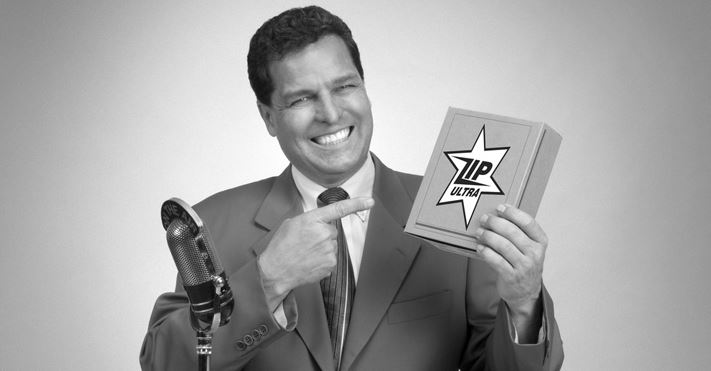:: Quick interruption before the main feature. Learn how Vernacular can help you write a knockout bid.
You’ve been invited through the door to strut your stuff. Or perhaps you’re responding to a tender request. Either way, you’ve got to tell a better story than the competition. Because coming second really sucks.
- What do clients want, really?
Some clients make their requirements abundantly clear, others don’t, because they aren’t sure themselves. Be sure to ask. If that’s not possible, then do the hard thinking yourself. Don’t beat about the bush. State things clearly and be prepared to justify your assessment. Define the client’s requirements at three levels – strategically (the business change they’re hoping to effect), operationally (how things will be different day-to-day), and emotionally (what they hope to feel)
- Sell emotion, not logic
Most categories are brimming with products and services that do and say similar things. People struggle to see differences when the language is similar and the same stories frame up offerings. Name a technology service provider who hasn’t used Uber as an example of ‘disruption’. The most powerful pitches come from the heart, which is about the ‘why’ – why you do what you do? What’s your purpose? Yes, it’s about you, but your prospects want to know that your heart is in the right place – that your purpose supports their ambitions.
- Distinguish between table stakes and a winning hand
Table stakes are the minimum amount required to play a hand of poker, or according to the urban dictionary: “The minimum amount of effort your lazy ass needs to expend to compete at work”. Your passionate staff, winning culture, partner network, commitment to doing the right thing … etc. are table stakes, nothing more. You wouldn’t be in business if you didn’t do those things. So there’s little point banging on about them. Focus on meaningful differences that address your prospect’s needs.
- Turn features into benefits
Who isn’t distracted by their image reflected in the mirrored back wall of the lift heading for the 15th floor. We can’t get enough of ourselves. But you gotta watch that. Your wonderful staff, dedicated team, offices in major centres, laser like-focus are all about you. At best, they’re simply table stakes. Worse, they say to the client that you don’t understand their needs. Reframe features as benefits. Ask yourself how and why they’re important to the prospect. Remember, people who buy drills really want holes.
- Know your audience
Who’s in the room? Who’s scoring your pitch/tender? Who’s got sign-off? Are they highly analytical, or creative? It matters, because you’ll need to adapt your pitch to hit the right triggers. Think about personal values – what values do these people hold dearly? Show how you’re just like them – that you cherish the same things.
- Develop a pitch theme
Develop a strapline the sums up your overall pitch. A statement that speaks to the essence of your offering. Something memorable that works in the same way a brand strapline expresses a promise. E.G. MasterCard – There are some things money can’t buy. For everything else, there’s MasterCard. What is it you want your audience to believe? Pitch theme functions as a drumbeat for your ideas and how they’re structured and presented.
- Think like a trial lawyer
Everyone has weaknesses, and you can be sure your competitors will allude to yours. Don’t hide from perceived chinks in your armour. Think like a trial lawyer. In summing up they shine a light on perceived weaknesses and discredit their importance.
- Be memorable
Pitches – and especially tenders – force pitch participants to cover the same territory. Sounding like everyone else is the kiss of death. You’ve got to find ways to introduce memorable elements – things clients don’t anticipate. Perhaps you spoke to their customers to formulate your ideas? Could you wheel in an independent expert to support your views? Conduct a focus group with customers, as entrepreneur and owner of the NBA’s Atlanta Hawks Jesse Itzler did when he pitched his idea for Marquis Jet, one of the largest private jet card companies in the world.
- Grab attention
Don’t mess about with formalities. Like Austrian-born American filmmaker Billy Wilder said: “You have to use both knees to kick them in the balls.” Start with a bang. Nothing tacky, mind. No cakes or dancing monkeys. You should have seen the look on the CEO’s face I was pitching to when his beaming mug flashed up on the presentation screen. With a little help from Google I was able to gather vital clues about his ambitions for the company, providing a nice launchpad to outline my response to their requirements.
